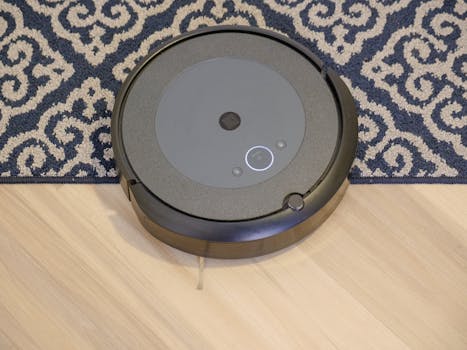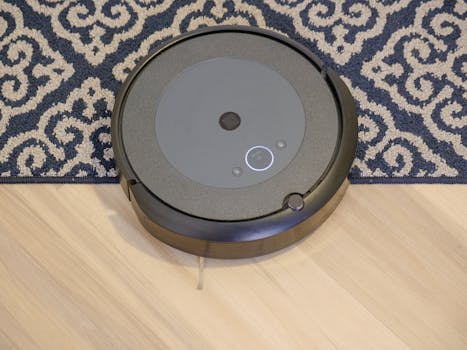
Smart Homes and Smart Living: The Technological Transformation of European Homes by 2025
Smart Homes and Smart Living is revolutionizing the way Europeans live in their homes. With the increasing demand for convenience, energy efficiency, and security, smart home technology is becoming an essential aspect of modern living. By 2025, European homes are expected to undergo a significant transformation, integrating cutting-edge technology to create a more comfortable, efficient, and secure living environment.
Introduction to Smart Homes

A smart home is a dwelling that incorporates advanced technology to automate and control various aspects of the living space. This includes lighting, temperature, security, entertainment, and energy management. Smart homes use a network of interconnected devices, sensors, and systems to create a seamless and intuitive living experience. With the help of artificial intelligence (AI) and the Internet of Things (IoT), smart homes can learn and adapt to the occupants’ preferences, habits, and needs.
Benefits of Smart Homes
The benefits of smart homes are numerous. Some of the most significant advantages include:
- Energy efficiency: Smart homes can optimize energy consumption by automatically turning off lights, appliances, and heating/cooling systems when not in use.
- Convenience: Smart homes provide a centralized control system, allowing occupants to manage various aspects of their home with ease.
- Security: Smart homes can integrate advanced security features, such as motion detectors, video cameras, and alarm systems, to provide enhanced safety and protection.
- Comfort: Smart homes can create a personalized living environment, adjusting lighting, temperature, and entertainment systems to individual preferences.
Technological Transformation of European Homes

By 2025, European homes are expected to undergo a significant technological transformation. Some of the key trends and innovations that will shape the smart home market include:
- Artificial intelligence (AI): AI-powered smart homes will become more prevalent, enabling homes to learn and adapt to occupants’ habits and preferences.
- Internet of Things (IoT): The IoT will play a critical role in connecting various devices and systems within the home, creating a seamless and integrated living experience.
- 5G connectivity: The rollout of 5G networks will enable faster, more reliable, and lower-latency connectivity, supporting the growth of smart home technology.
- Smart speakers and voice assistants: Smart speakers and voice assistants, such as Amazon Alexa and Google Assistant, will become increasingly popular, providing a convenient and intuitive interface for controlling smart home devices.
Challenges and Limitations

While smart homes offer numerous benefits, there are also challenges and limitations to consider. Some of the key concerns include:
- Interoperability: The lack of standardization and interoperability between different smart home devices and systems can create complexity and compatibility issues.
- Cybersecurity: Smart homes are vulnerable to cyber threats, highlighting the need for robust security measures to protect personal data and prevent unauthorized access.
- Cost: Smart home technology can be expensive, making it inaccessible to some segments of the population.
- Privacy: Smart homes often rely on data collection and analysis, raising concerns about privacy and the potential misuse of personal information.
Conclusion

Smart Homes and Smart Living is transforming the way Europeans live in their homes. With the integration of cutting-edge technology, smart homes are becoming more comfortable, efficient, and secure. While there are challenges and limitations to consider, the benefits of smart homes far outweigh the drawbacks. As we move towards 2025, it is essential to address the concerns and limitations associated with smart home technology, ensuring that the benefits of smart living are accessible to all.






